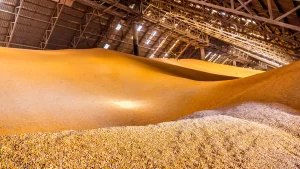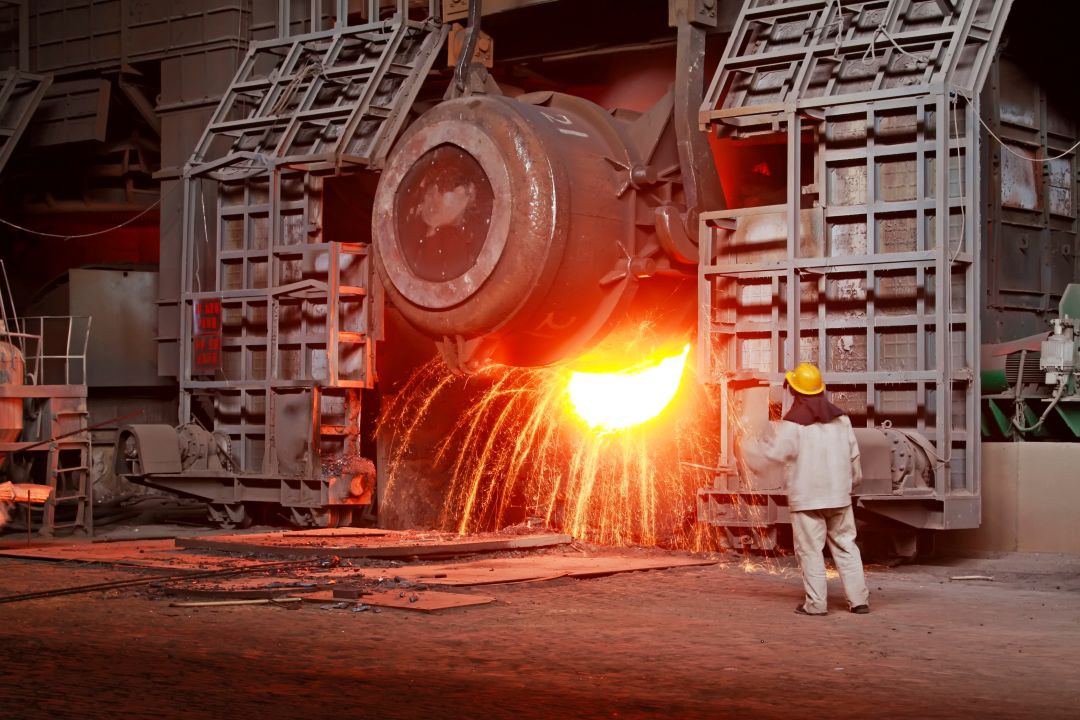Effective grain storage is critical to ensuring that harvested crops remain in good condition until they are needed. Proper storage not only preserves the quality of the grain but also helps in managing supply and reducing waste.
However, one of the most significant factors influencing the effectiveness of grain storage is the climate. Understanding how temperature, humidity, and seasonal changes impact grain storage conditions is essential for maintaining the quality and longevity of stored grain.
Climate can have a profound effect on grain storage, with various weather conditions presenting unique challenges.
By grasping these impacts, grain storage managers can implement appropriate strategies to mitigate risks and ensure that their grains remain in optimal condition.
This blog will explore how different climate variables affect different grain stores and provide practical advice for managing these challenges effectively.
The Basics of Grain Storage
Grain stores are designed to preserve harvested grain and protect it from spoilage, pests, and environmental factors. Key considerations include managing moisture levels, temperature, and ventilation within storage facilities.
Moisture control is crucial, as excessive moisture can lead to mould growth and spoilage, while insufficient moisture can cause the grain to become brittle and difficult to handle. Temperature control is equally important, as both high and low temperatures can adversely affect grain quality.
Ventilation plays a vital role in maintaining a stable environment within grain storage facilities. Proper airflow helps to regulate temperature and humidity, preventing the conditions that lead to spoilage and pest infestations.
Understanding these fundamental aspects of grain storage provides a foundation for addressing the specific challenges posed by different climates.
How Climate Affects Grain Storage
Temperature variations can significantly impact grain storage conditions. High temperatures can accelerate spoilage, promote insect activity, and increase the risk of overheating, which can damage the grain.
Conversely, low temperatures may lead to condensation within storage facilities, potentially causing freezing issues that can affect grain integrity. Effective temperature management is essential to avoid these problems and ensure the grain remains in good condition.
Humidity and moisture levels are also crucial factors influenced by climate. High humidity can create an environment conducive to mould growth and spoilage, while low humidity can lead to the drying out of grain and potential brittleness.
Seasonal changes further complicate storage conditions, as fluctuations in weather can alter the internal environment of storage facilities. Implementing strategies to adapt to these variations is key to maintaining the quality of stored grain.
Regional Climate Considerations
In hot and humid climates, grain storage facilities face the challenge of managing excess moisture and preventing mould growth. Solutions include using dehumidifiers and ensuring adequate ventilation to reduce humidity levels.
Additionally, maintaining a lower temperature within storage facilities can help mitigate the adverse effects of high temperatures.
In contrast, cold and dry climates present different challenges. Low temperatures can lead to condensation issues and potential freezing of the grain.
Storage facilities in these regions may benefit from insulation and temperature regulation systems to maintain a stable environment.
For regions with more moderate climates, the focus is on maintaining a balanced environment, with less extreme measures needed but still requiring careful monitoring to ensure grain quality.
Practical Tips for Managing Climate Impact
Climate-controlled storage systems are an effective solution for managing the impact of varying climatic conditions. These systems allow for precise control over temperature and humidity, helping to create an optimal environment for grain preservation.
Investing in such technology can provide long-term benefits by ensuring the consistent quality of stored grain.
Proper ventilation techniques are also crucial in managing climate impacts. Adequate airflow helps to regulate temperature and humidity levels, reducing the risk of spoilage and pest infestations.
In addition, moisture control solutions such as dehumidifiers and moisture absorbers can effectively manage excess moisture and prevent related problems. Regular monitoring and maintenance of storage facilities are essential to address any issues promptly and ensure that the grain remains in the best possible condition.
Conclusion
Understanding the impact of climate on grain storage is essential for maintaining the quality and longevity of stored grain.
By recognising how temperature, humidity, and seasonal changes affect storage conditions, grain storage managers can implement effective strategies to manage these challenges.
Proper climate control, ventilation, and moisture management are key to preserving grain quality and reducing the risk of spoilage.
Adapting storage practices to the specific climate of a region can significantly improve the effectiveness of grain storage.
By applying the practical tips outlined in this blog, storage managers can better protect their grain and ensure it remains in optimal condition until it is needed.
With careful planning and management, the adverse effects of climate on grain storage can be effectively mitigated.
Get in touch with us today if you are looking for agricultural buildings for your farm.










